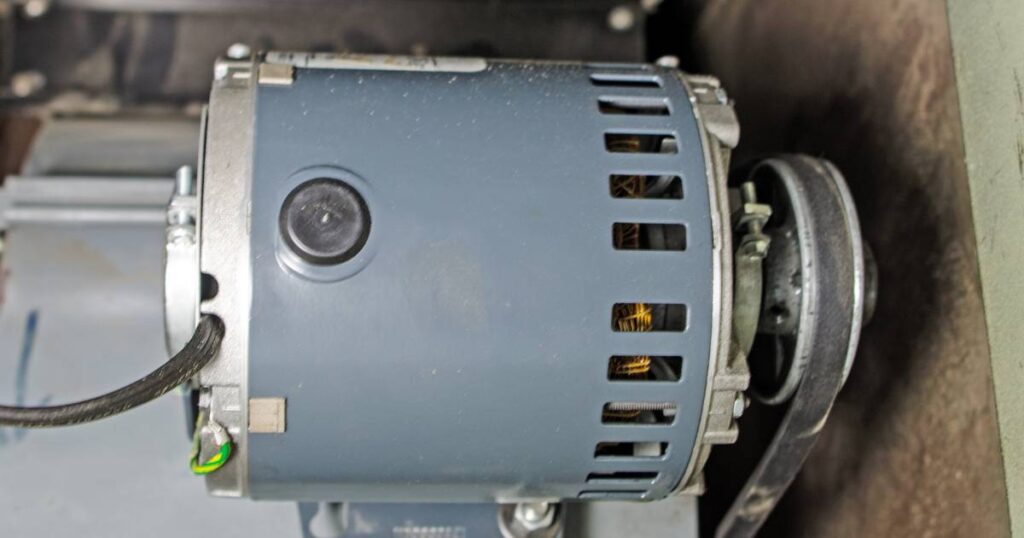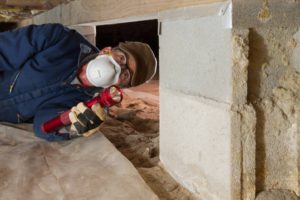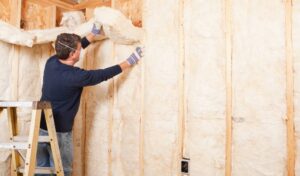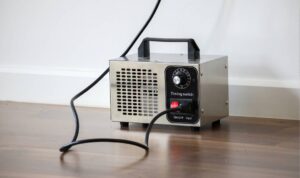Introduction to Furnace Blower Motors
The furnace blower motor is a critical component of any central heating system. Its primary function is to intake fresh air, heat it, and then distribute it throughout your home via an air duct system, ensuring a comfortable and consistent temperature. Understanding the mechanics and importance of the furnace blower motor is essential for homeowners, as it plays a pivotal role in both heating and cooling modes of the HVAC system.
Common Issues with Furnace Blower Motors
Like any mechanical device with moving parts, furnace blower motors are prone to certain common issues. These problems can range from bearing failures, which can cause the motor to make grinding or screeching sounds, to capacitor malfunctions that affect the motor’s ability to start. Additionally, dust accumulation or lack of lubrication can lead to overheating and mechanical failures. Recognizing these issues is crucial for timely maintenance and repair, ensuring the longevity and efficiency of your heating system.

Signs of a Malfunctioning Furnace Blower Motor
Identifying the early signs of a malfunctioning furnace blower motor can save homeowners from costly repairs and system downtime. Key indicators include unusual noises like grinding or screeching, signs of overheating, and reduced airflow from vents. These symptoms suggest that the blower motor is struggling to perform its job, which can impact the overall efficiency and effectiveness of the furnace.
Maintenance and Repair of Furnace Blower Motors
Regular maintenance is vital to prevent the breakdown of furnace blower motors. Homeowners should routinely check and replace air filters to ensure proper airflow and reduce strain on the motor. Basic troubleshooting steps, such as inspecting for visible damage or obstructions, can also be performed. However, for more complex issues, it is advisable to call a professional HVAC technician. They can conduct a thorough inspection, clean the motor and its components, and perform necessary repairs or replacements.

Professional Servicing and Repair
Professional HVAC technicians play a crucial role in the maintenance and repair of furnace blower motors. They have the expertise to diagnose complex issues accurately and perform repairs that go beyond the scope of typical DIY maintenance. This includes checking electrical connections, testing the capacitor, and ensuring the motor is properly lubricated and functioning. Professional servicing ensures that your furnace operates safely and efficiently.
DIY vs. Professional Repair: Pros and Cons
While some minor furnace blower motor issues can be addressed through DIY methods, more significant problems often require professional attention. DIY repairs can be cost-effective but may not adequately resolve complex issues and can lead to further damage if not done correctly. On the other hand, professional repairs, though more costly, offer the assurance of quality and longevity. Homeowners should weigh these factors based on the complexity of the issue, their skill level, and the potential risks involved.
Preventing Future Blower Motor Problems
To prevent future problems with your furnace blower motor, regular maintenance is key. This includes routine cleaning, timely replacement of filters, and ensuring the system is not overloaded. Additionally, scheduling annual check-ups with a professional HVAC technician can help identify and address potential issues before they escalate into major problems.

Conclusion: Ensuring Efficient and Reliable Heating
In conclusion, the furnace blower motor is an essential component of your home’s heating system. Understanding its function, common issues, and maintenance needs is crucial for homeowners. Regular maintenance, whether DIY or professional, is vital to ensure the efficient and reliable operation of your furnace. By staying vigilant and proactive in the care of your furnace blower motor, you can enjoy a comfortable home environment and avoid unexpected breakdowns and costly repairs. Check our furnace repair service.




